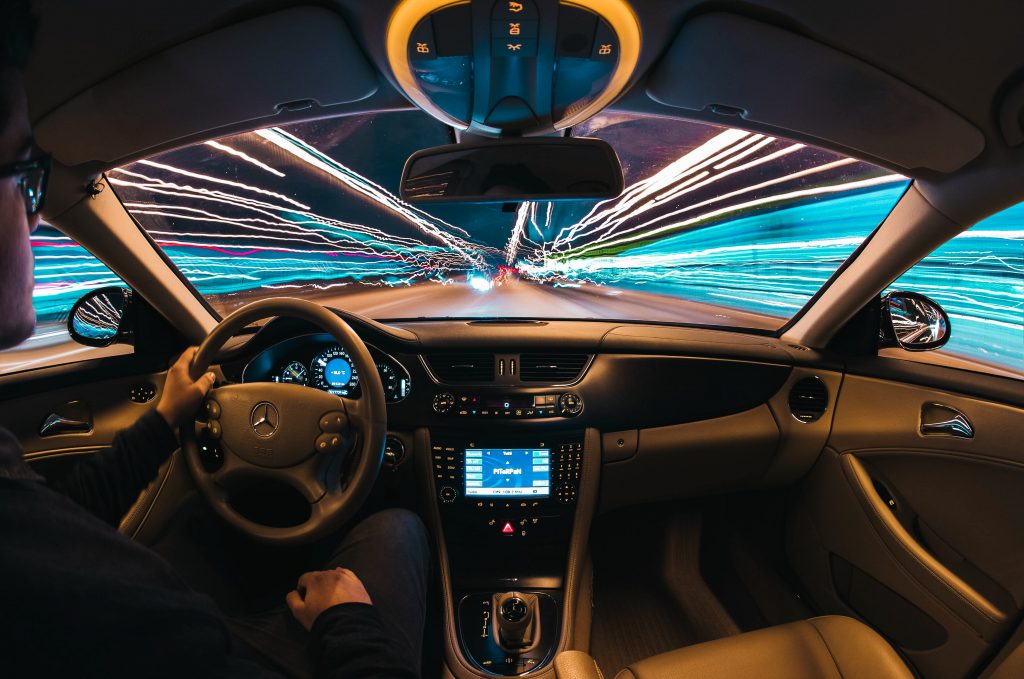Fintech is huge these days becoming an essential part of every industry. It makes things faster, cheaper, and easier both for organizations and their customers. According to some recent fintech statistics, nearly 64% of consumers have used two or more fintech services or platforms in 2019 alone. Moreover, specialists expect that this industry will have a 25-30% compound annual growth rate between 2019 and 2025. So, whether or not the fintech sector is growing is simply out of the question. It’s booming these days.
Yet, what happens when automotive meets finance? It leads to auto fintech!
Specialists are expecting Fintech to reshape legacy-dominated financial services and open doors to many new fields. And, the auto finance industry is probably going to be the next major thing in Fintech.
How so? We are witnessing an increasing digitalization of devices these days. And, as more and more of our devices start to connect and communicate with each other digitally, it creates a huge opportunity for them to exchange data between them. And, the automotive industry is no stranger to this trend. Today’s cars are able to send and receive data across the Internet. And, it is all about enriching the customer’s experience.

In-car payments
In-car payments are perhaps the clearest ways in which Fintech is making an impact in the automotive industry. In-car payment technology is gaining momentum these days through the merge of OEMs solutions with payment solutions.
What’s the big hype around in-car technologies? It’s all about providing consumers with the opportunity to make purchases from the convenience of their car’s dashboard.
The in-car payments started in 2015 when Shell launched a mobile payment service in the UK. The company partnered with major Fintech players like Apple Pay, Android Pay, and PayPal and launched a Fill Up& Go mobile payment system. The system allows customers to pay for fuel through a smartphone at the gas station. So, no more getting out of the car to pay for filling your tank.
Since then, we’ve seen partnerships between Mastercard and General Motors and IBM, Jaguar and Shell, Chevrolet and Shell and many more, all creating different in-car payment solutions to make their customers’ experience more enjoyable.
Recently, new models for in-car payment solutions are being developed and they all tend to revolve around three pillars including IoT that interfaces with merchant devices, IoT platforms and an integrated mobile wallet, and IoT integrated with a mobile wallet and a personal POS.
Purchasing cars entirely online
A decade ago, the car buying process was represented by traditional slow procedures that are no longer viable in a world where consumers demand nearly instant services. For example, would you be content with waiting for hours in a dealership even if you are a cash buyer? Most likely not. We got so used to things moving fast with technology these days that it just seems unnatural to wait for hours to get something done.
And, it seems that finally, the players in the automotive industry have finally understood the need for change. These days, auto industry players and fintech companies are partnering to lower costs and speed up transactions to satisfy the needs of today’s rushed buyers. For example, with technology, operations such as performing a REVS check, scan inventories, and calculating trade-in values can happen almost instantly.
Moreover, partnering with fintech companies might be just the necessary solution for auto companies to lower costs. Because, so far, it seems that consumers, especially Millennials, prefer opting for car-sharing solutions instead of purchasing their own car due to the high costs of car ownership.
Car rental and ride-sharing platforms
Speaking of car-sharing, it seems that the Fintech sector found a great opportunity in the trend of people to avoid car ownership and opt for car rental or ride-sharing solutions. The new transportation-sharing industry has changed how traditional car ownership is perceived by today’s consumers. While players like Uber, Lyft, or Grab are taking over the scene of on-demand transportation services, this can affect the auto industry players. Yet, if there is one more sector enjoying this trend, that is the Fintech sector.
Fintech companies are gaining momentum in the transportation-sharing economy. They are the ones that can make digital transactions happen, providing customers with more flexible payment options.
Parking payment apps
Forget the cash and coins because you will no longer need them to pay for your parking spot. Now you can easily do it from the comfort of your own car using your smartphone and a parking payment app.
Perhaps one of the worst feelings in the world is returning to your parked car and seeing a written ticket in your car’s window. Similarly, another horrible feeling is showing up 20 minutes late at your meeting because you couldn’t find parking. Well, once again the automotive industry and fintech players are working together towards helping customers avoid the stress of failing to put an extra effort in finding where to park their cars or the stress of being late at important meetings.
In the US alone, the parking market is worth around $25 billion with over 40.000 garages and surface parking lots that provide car owners with parking payment platforms. For example, in Washington, apart from public parking lots, there are also privately owned garages that offer monthly parking solutions in DC.
And, now that’s when Fintech players come into the scene by creating mobile payment solutions that are advantageous and efficient for both drivers and parking providers. In fact, parking is one of the most popular use cases for connected car payments. Why? Because it’s more convenient, faster, and easier.
These days, automotive companies are doing a lot of efforts to reduce the technology gap and improve customer experience through fintech partnerships. And, since fintech provides many key advantages that are going to significantly improve user experience, probably it won’t be taking long until all cars will start “paying its bills” by itself.
